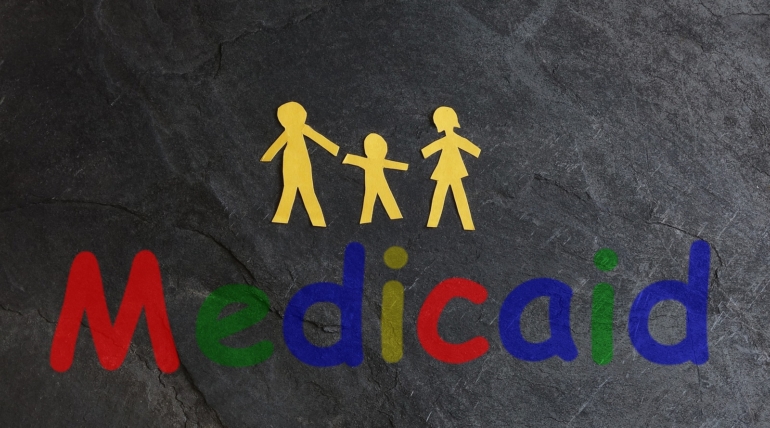The BACB’s RBT Task List (2nd Ed.) is a guide that lists the tasks an individual should perform as part of the behavior intervention process. This guide is used to help train and certify individuals as Registered Behavior Technicians™ (RBTs). Suffice it to say; that when you’re RBT training, you’ll want to become intimately familiar with this list. The list is sectioned into six areas, each with a different focus: Measurement, Assessment, Skill-building, Behavior Reduction, Documentation and Reporting, and Professional Conduct and Scope of Practice. We’ll take a closer examination of each section below.
Section I: Measurement
The first section of the task list focuses on measurement. This is perhaps the most prominent part of the behavior intervention process, as it allows you to track an individual’s progress (or lack thereof). Tasks in this section include taking measurements of behavior (e.g., frequency, duration, intensity), observing behavior, and collecting data. It overall includes
- Prepare to take measurements (data collection)
- conduct continuous measurement procedures such as behavior frequency intensity
- conduct discontinuous measurement procedures such as event recording
- Implement permanent-product measurements
- Enter the data and update graphs.
- Describe the behavior in objective, measurable terms
Section II: Assessment
The second section of the task list focuses on assessment. This determines why an individual is engaging in problematic behavior. Tasks in this section include conducting functional behavior assessments (FBAs), analyzing data, and developing hypotheses. Overall it includes
- Implement preference assessments.
- Assist with individualized assessments, including social skills & developmental assessments
- Assist with functional behavior assessments (FBA), including indirect & direct measurements
Section III: Skill-building
The third section of the task list focuses on skill-building. This is the process of teaching new skills to an individual to replace problematic behavior. Tasks in this section include teaching new skills, reinforcing desired behavior, and fading prompts. Overall it includes
- Identify the crucial components of the written skill acquisition plan
- Prepare for the session as required in the skill acquisition plan
- Use reinforcement contingencies such as conditioned/unconditioned reinforcement
- Conduct discrete-trial training (DTT) procedures
- Conduct natural environment training (NET) procedures
- Conduct task analyzed chain procedures
- Conduct discrimination training
- Conduct token economy procedures
- Conduct fading procedures
- Conduct stimulus procedures such as modeling
- Implement shaping procedures.
- Implement token economy procedures.
Section IV: Behavior Reduction
The fourth section of the task list focuses on behavior reduction. This is the process of reducing or eliminating problem behavior. Overall it includes
- Identify the crucial components of the written skill acquisition plan
- Describe common behavior functions
- Apply interventions based on a modification of the environment or reinforcement contingencies
- Conduct differential reinforcement of other behavior (DRO) procedures
- conduct extinction procedures
- Conduct time-out procedures
- Implement crisis intervention procedures
Section V: Documentation and Reporting
The fifth section of the task list focuses on documentation and reporting. This is the process of documenting an individual’s progress and communicating that progress to others. Tasks in this section include writing progress reports, maintaining data sheets, and communicating with parents/guardians. Overall it includes
- Communicate with the supervisory team effectively and promptly
- seek clinical supervision as recommended and needed
- Report other observations that may be related to the individual’s behavior or functioning
- Generate objective session notes & data sheets for verification (describe what was done during the session, activities completed, etc.)
- Comply with applicable legal, ethical, and professional standards
Section VI: Professional Conduct and Scope of Service
The sixth and final section of the task list focuses on professional conduct and the scope of service. Scope of service refers to the specific behaviors an RBT is responsible for and those they are not. Professional conduct includes maintaining confidentiality and adhering to the code of ethics put forth by the BACB. Overall this section includes
- Maintain professional boundaries with individuals served and their families
- Respond appropriately to prompts and feedback from individuals served and their families
- Communicate with stakeholders in a manner that is respectful, professional, and culturally competent
- Maintain client dignity and privacy by adhering to the BACB’s code of conduct and related laws and regulations
- Describe the BABC’s RBT scope of practice in the service delivery context
These are the sections and tasks included in an RBT task list. As an RBT, it is important to be familiar with all the tasks in each section to provide the best possible BA service to those you work with. Use this task list as a guide to help you navigate the different areas of responsibility an RBT has.




